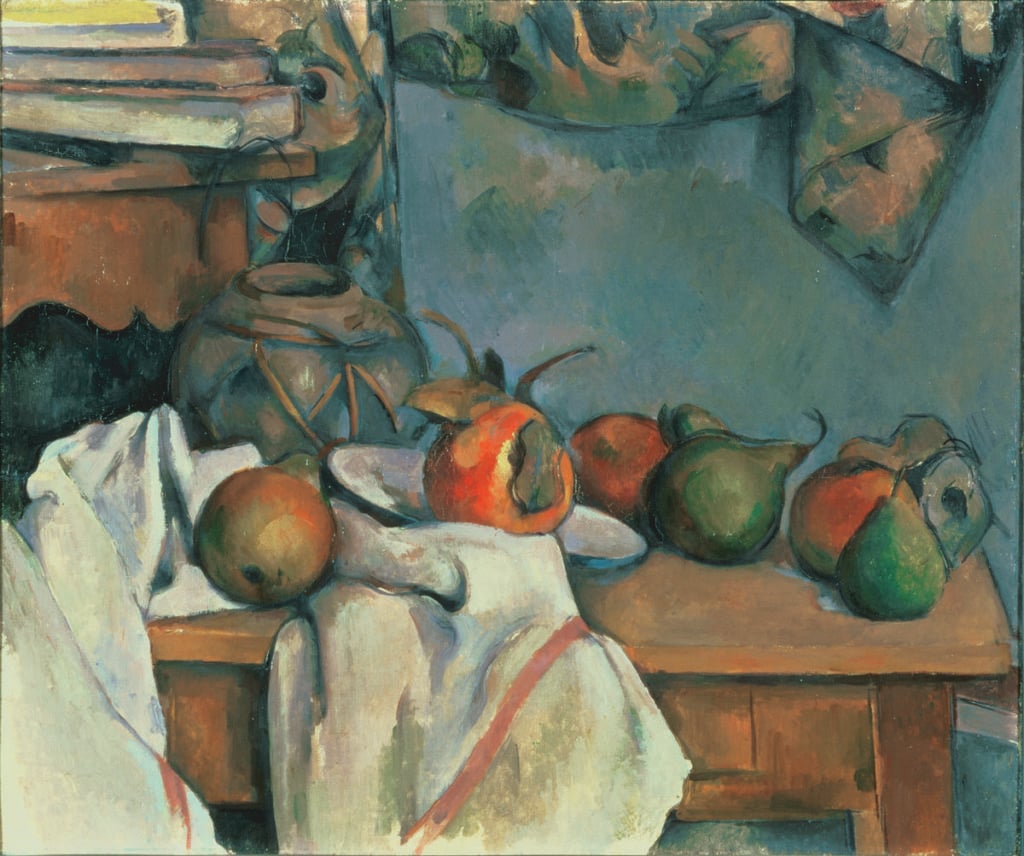Jean Négulesco, Romanian-American, 1900–1993. Still Life, 1926.
Oil on cardboard on wood panel. The Phillips Collection, Washington, DC, Acquired by 1930.
Princeton University Art Museum,
Jan. 27 through Apr. 29, 2018
Innovative works by great modern artists – including Paul Cézanne, Georges Braque, Juan Gris, Pablo Picasso, Arthur Dove, Georgia O’Keeffe, Marsden Hartley and Milton Avery – will be included in two exhibitions opening this winter at the Princeton University Art Museum.
The Artist Sees Differently: Modern Still Lifes from The Phillips Collection offers an analysis of modernist still life through 38 paintings from the landmark collection assembled by Duncan Phillips and his wife, the artist Marjorie Acker Phillips. The paintings on view – many of them rarely seen masterworks of modern art – provide entrée to a period in which artists sought new aesthetic strategies that responded to a rapidly changing world.
STUART DAVIS (1894–1964)
Egg Beater No. 4, 1928
Courtesy of the Phillips Collection, Washington, DC.
Egg Beater No. 4 is the final work in Davis's noted Egg Beater series of1927–28, in which he achieved an original abstract style. He had been exploring abstraction as early as 1913, when he admired the works of Cézanne, Léger, and Picasso at the Armory Show. Davis purposely chose unrelated objects—eggbeater, electric fan, and rubber glove—so that he could concentrate on relationships of color, shape, and space. He spoke of visualizing these elements in relation to each other, within a larger system that unified them in the space and on the picture plane. |
When it first opened to the public in 1921, the Phillips Collection became the first museum of modern art in the United States. In 1928 a small selection of its masterpieces was lent to Princeton “in order to exemplify the plans and hopes” for the modern collections the university’s art museum intended to build.

Paul Cézanne’s Ginger Pot with Pomegranate and Pears (1893). Courtesy of the Phillips Collection, Washington, DC.
In their quest to create a new art suited to new times, many late 19th- and early 20th-century artists rejected the official hierarchies of the French Academy, which privileged epic narratives of history, mythology and religion, and chose instead to paint still lifes – depictions of the humble objects of daily life, and traditionally considered the lowliest of genres. Still life provided artists with new means of experimenting with pattern and abstraction and investigating the tensions between the reality beyond the frame and the complex visual structures within it. As such, still-life painting afforded such artists with new means for pushing the boundaries of painting. Moving into the twentieth century, avant-garde painters continued to rethink and disrupt their relationship to the past as they attempted to create work relevant in a world transformed by technology, new media and ultimately, two world wars.